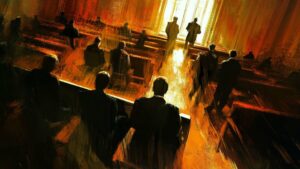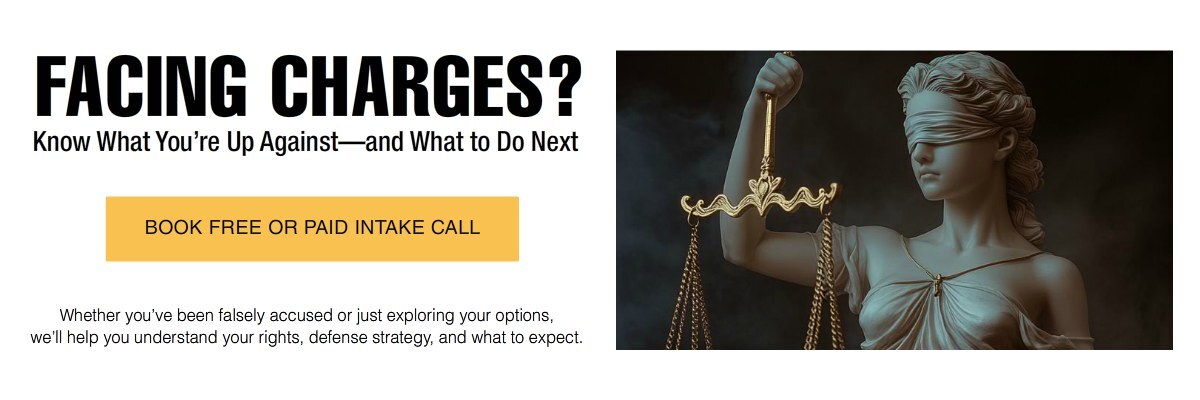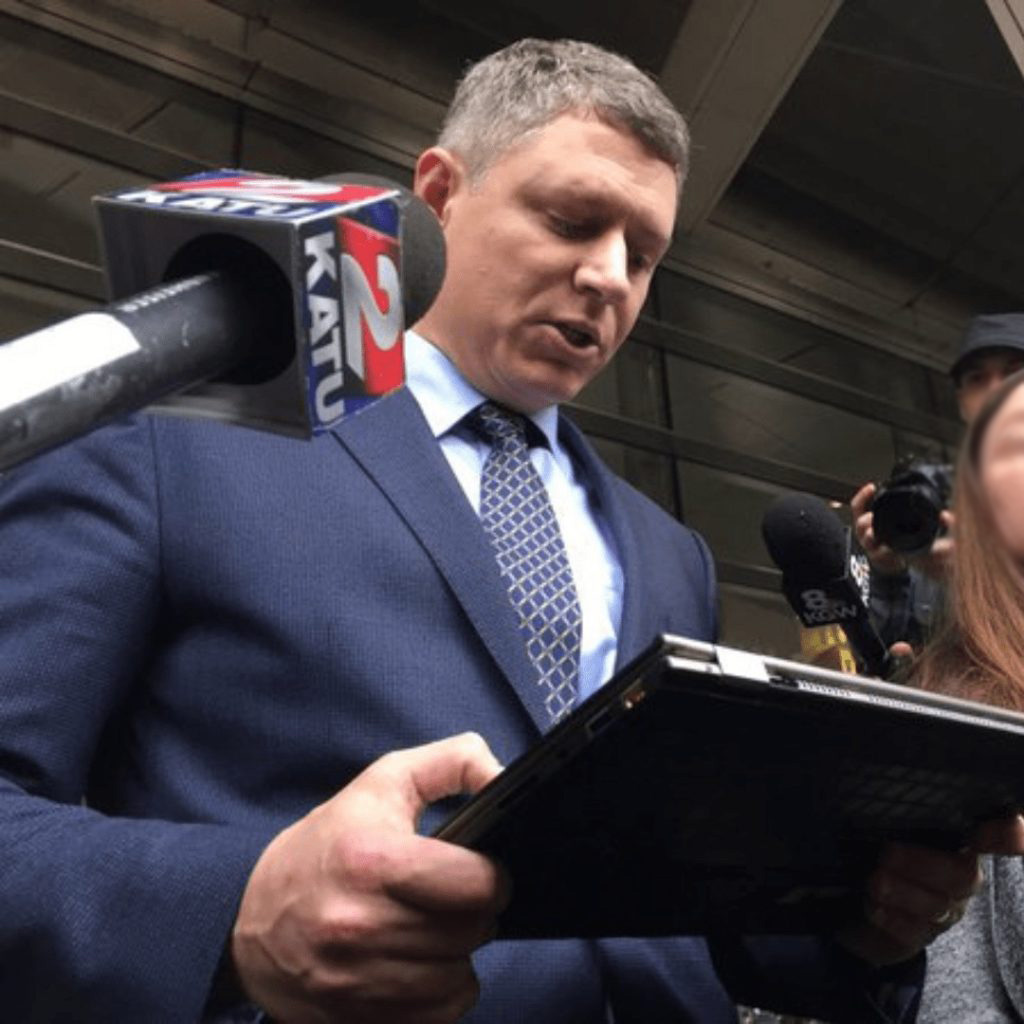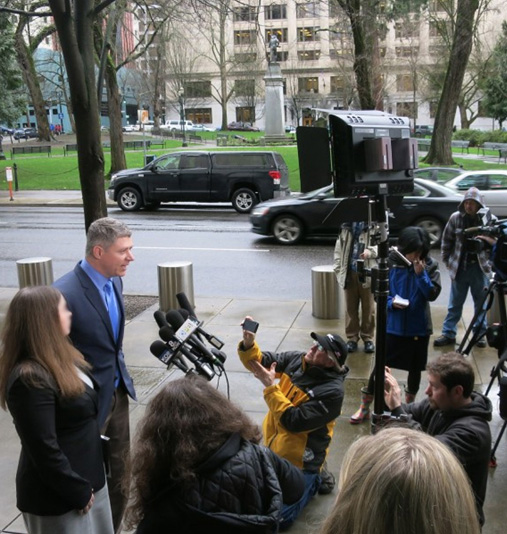Is A Trial A Planned Set Piece, or Improvisational Jazz?
Sep 02, 2025 Legal Defense & Trial Strategy
The courtroom drama we see on TV really gets it all wrong.
TV shows give you lawyers delivering fiery monologues—pacing, pointing, pounding the table. But in real life, closing arguments don’t look like theater. And they aren’t jazz solos, either. A great closing is something rarer: a one-way conversation with twelve people who can’t speak back—but are thinking, questioning, pushing back in their own heads the entire time.
A good defense attorney doesn’t just perform. They listen—to silence. They watch body language. They anticipate doubts. They answer questions before they’re asked. That’s not improv. And it’s not a script. It’s a structured conversation, unfolding in real time, shaped by feel and precision.
It’s a lot like jazz.
In this blog, we’ll cover:
- • Why closing arguments function more like a conversation than a performance
- • How jurors’ silent reactions shape the rhythm and direction of closing arguments
- • The strategic value of timing, emotional pacing, and subtle framing
- • Why the best defense attorneys guide—rather than push—jurors to a verdict they believe in
The defense doesn’t get many chances to speak directly to jurors. Voir dire is one. Closing argument is the other. And in that moment, everything matters: tone, pace, story structure, emotional timing. Because by then, jurors have already lived the trial. They’ve seen the witnesses, felt the shifts, noticed the stumbles. The job now is to help them make sense of it—to assemble the puzzle with the pieces they already have.
So, you don’t tell them what to think. You show them how to think. You walk them through the questions already echoing in their heads. You hand them the structure. And if you’ve done it right—if you’ve respected their intelligence—they get to the right place without ever feeling pushed.
That’s the paradox of closing: it’s not about volume. It’s not about showmanship. It’s about rhythm, empathy, and trust.
You ask the questions they didn’t realize they needed to ask:
- • Why would the state leave that detail out?
- • Why did the witness pause right there?
- • Why didn’t that add up—unless there’s another explanation?
And then you offer the answers—carefully, strategically, never overplayed. You let jurors arrive at the conclusion you want, but they own.
In a real courtroom, no one wins by shouting. The best closings aren’t remembered for what was said—they’re remembered for what was made clear. When jurors walk back to deliberate, they carry not just your argument, but your structure. Your framing. Your questions. They start thinking like you—not because they were manipulated, but because they were respected.
That’s what makes a great closing argument. It’s not a solo. It’s a duet—with twelve silent partners. If you do it right, they’ll write the ending themselves. Two words. Quietly spoken. But unmistakably clear:
Not guilty.















